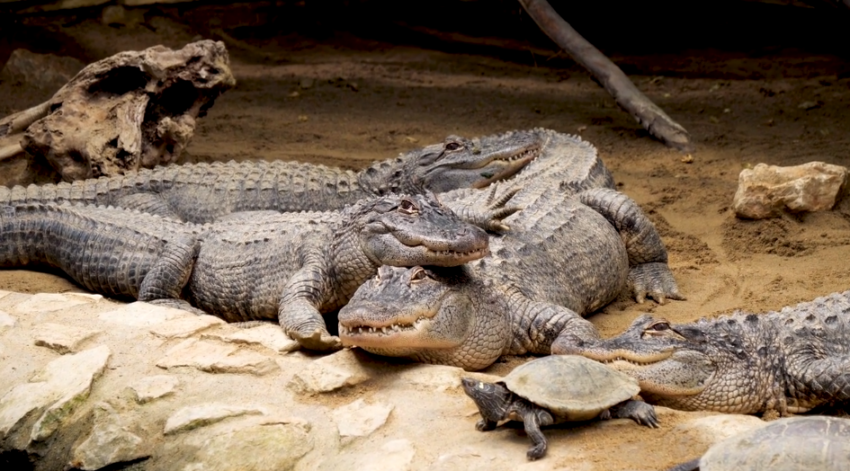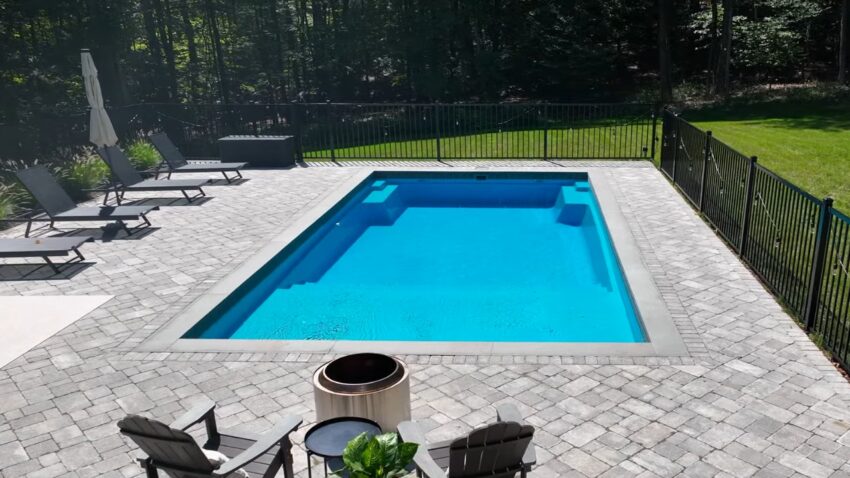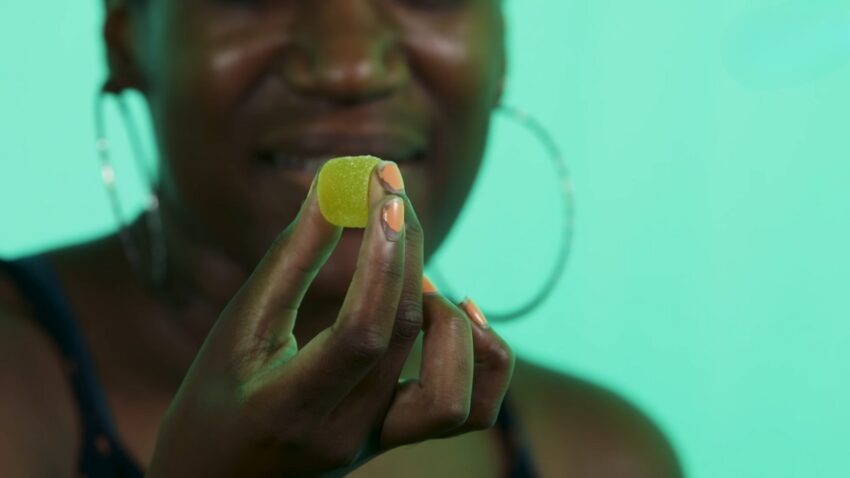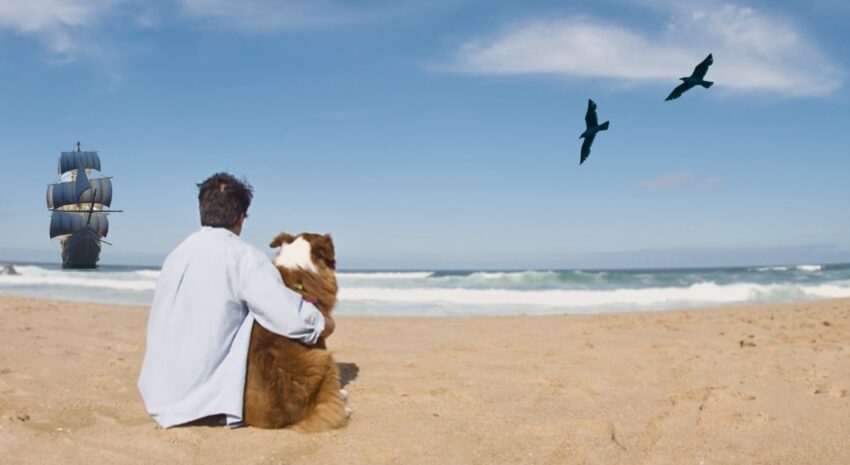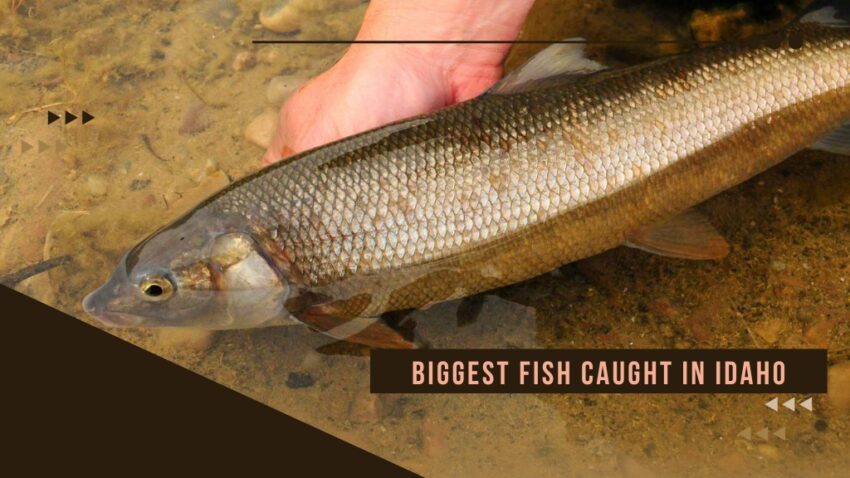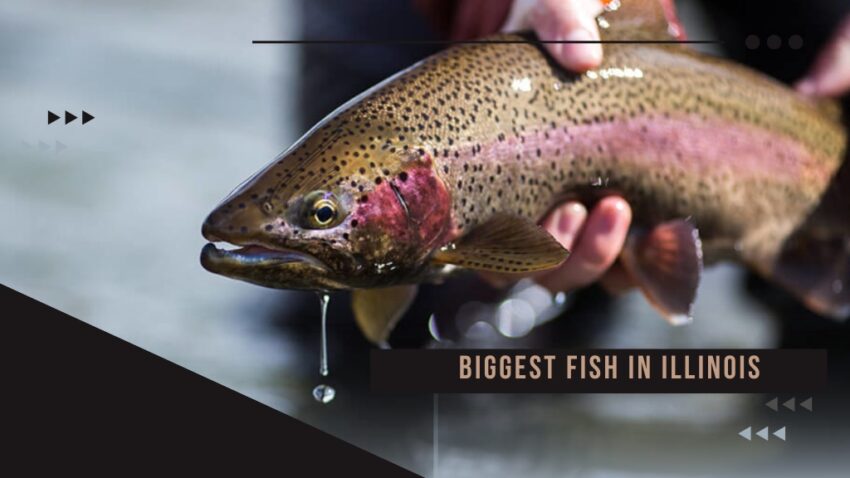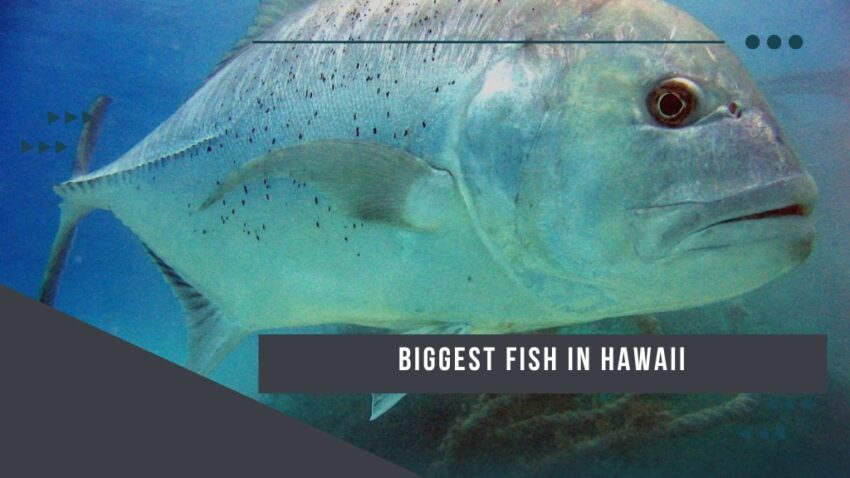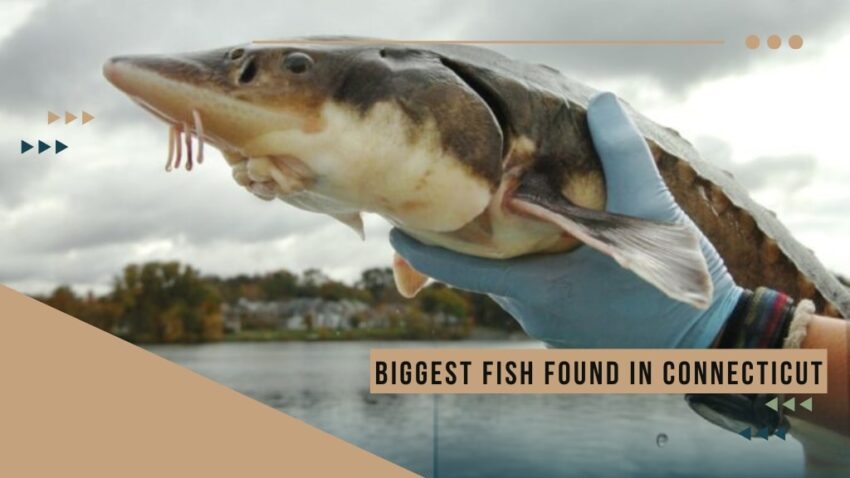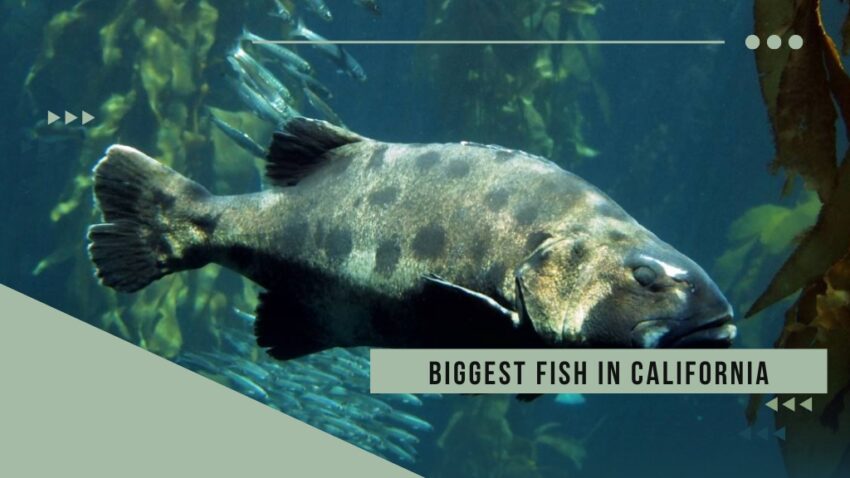The moment we step into the territory of wild animals, it is essential to be equipped with as much knowledge as possible. Kayakers navigating the waterways in the USA must be aware of potential alligator and crocodile encounters in rivers, lakes, and dams. Neglecting to consider this possibility can lead to disastrous consequences. It is crucial to know which states have alligators or crocodiles so that appropriate precautions can be taken.
Alligators inhabit Texas, Oklahoma, Arkansas, Louisiana, Mississippi, Alabama, Georgia, Florida, Carolina, and Virginia. They generally prefer freshwater environments but can occasionally be found in saltwater. Crocodiles are found only in South Florida, with a preference for saltwater, although they sometimes venture into freshwater areas.
At one point, alligators and crocodiles were hunted nearly to extinction in the US. Fortunately, conservation laws have allowed these reptiles to thrive again, and they can now be found in numerous states across the country.
Where Are Alligators Found in the United States?
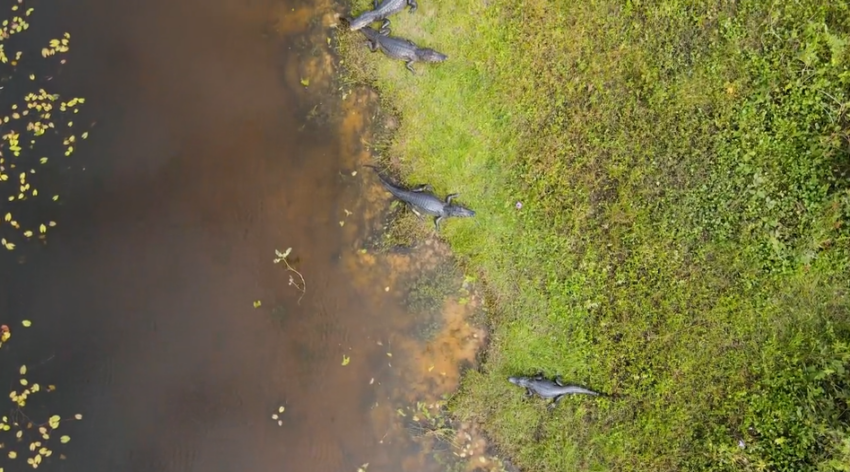
The Smithsonian National Zoo and Conservation Biology Institute indicate that alligators range from North Carolina to the Rio Grande River in Texas. This information serves as a general guide for kayakers to know where they might encounter alligators.
As you move further south, the number of alligators inhabiting waterways increases. The higher population in southern regions is due to the warmer temperatures closer to the equator. Alligators are reptiles and cannot regulate their body temperature. They rely on the surrounding temperature to warm up, making warmer climates more appealing.
The presence of alligators is limited in North Carolina, so sightings are relatively rare. According to Florida Fish and Wildlife, Florida has approximately 1.3 million alligators that inhabit all 67 counties.
The climate is the primary reason there are more alligators in Florida than in North Carolina.
The states considered the natural habitat of American alligators include:
- Texas
- Oklahoma
- Arkansas
- Louisiana
- Mississippi
- Alabama
- Georgia
- Florida
- South Carolina
- North Carolina
What Types of Water Bodies Do Alligators Favor?
Alligators typically reside in slow-moving freshwater rivers. They can also be found in swamps, lakes, man-made dams, and marshes.
Alligators lack salt glands, which means they can only tolerate saltwater for short periods. They favor freshwater environments and are usually found in saltwater areas only when passing through or when prey is scarce.
Where Do Crocodiles Reside in the United States?
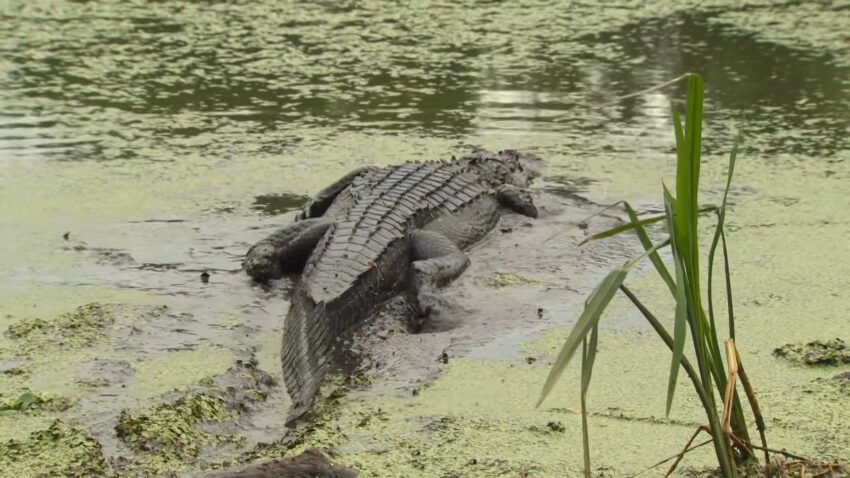
The range of American crocodiles is much narrower than that of alligators. In the United States, they are only found in South Florida. Crocodiles prefer saltwater habitats and dwell along the coast in mangrove swamps, lagoons, cays, brackish lakes, and areas surrounding small islands.
Crocodiles possess salt glands located under their tongues, enabling them to excrete salt from their bodies. This adaptation allows them to thrive in water with high salt content.
Which State is Home to Both Alligators and Crocodiles?
South Florida is the only region where both crocodiles and alligators can be found. Crocodiles typically inhabit saltwater, although they sometimes venture further upriver. Alligators are generally found in freshwater bodies in South Florida but can also swim in saltwater.
Are Alligators Shifting Their Habitat?
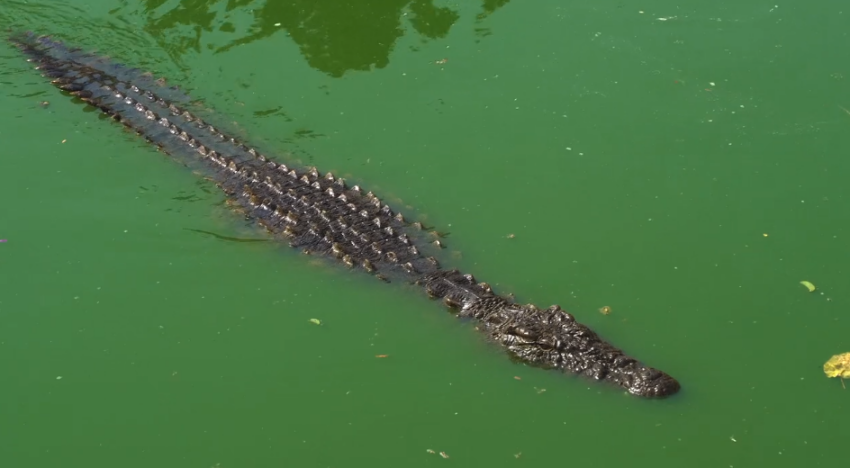
A decade ago, alligators were rarely spotted in Virginia due to low temperatures. However, scientists and residents have recently noted a significant increase in alligator sightings in the state.
Researchers suggest that global warming is raising temperatures, allowing alligators to expand their range further north. Consequently, biologists predict that kayakers may encounter alligators in more northern states.
This migration will be gradual, but as alligators breed, their numbers will increase significantly. Alligators start mating annually at eight to twelve years of age and can live up to fifty years, producing numerous offspring.
States that were previously unpopulated by alligators will now see an increase, significantly impacting the ecosystem. Kayakers and other water users must be aware that they may encounter alligators in states bordering their typical habitat.
Which State in the US Has the Most Alligators?
With its vast swamplands and warm climate, Louisiana is an ideal environment for alligators. A survey conducted in May 2022 found that Louisiana has over two million wild alligators, with an additional one million alligators on farms throughout the state.
Louisiana is home to 3 million alligators, a considerable number compared to its 4.5 million human residents. As a result, kayakers are highly likely to encounter alligators in Louisiana.
Florida has the second-highest alligator population, with the 2022 survey estimating 1.3 million alligators in the state. Alligators and crocodiles are considered apex predators in the Everglades swamplands of southern Florida.
Florida is the only state in the US with a native population of crocodiles, specifically the American crocodile. The state is home to the largest number of crocodiles in the country, with an estimated population of 1,500 to 2,000 individuals. These crocodiles are primarily found in South Florida, inhabiting coastal areas such as mangrove swamps, lagoons, cays, brackish lakes, and regions surrounding small islands.
Gainesville, Florida, is the most alligator-infested city in the United States, with alligators commonly found in sewers and drainpipes.
The heat in Texas makes it an ideal habitat for alligators. There are approximately 400,000 to 500,000 alligators in Texas. The state lacks swamps and marshlands like Florida and Louisiana, limiting the alligator population. However, kayakers can still expect to encounter alligators in Texas rivers and lakes.
Unusual Places to Spot Alligators
Alligators are occasionally reported in areas beyond their typical habitat. Sightings have been recorded in northeastern states as well as in Lake Missouri, Lake Michigan, and certain locations in Illinois.
These regions have climates that are not conducive to alligator survival, and reproduction is impossible since the cold temperatures prevent eggs from hatching. Conservationists believe the presence of alligators in these areas is due to the illegal pet trade.
Many people find the idea of owning a baby alligator appealing, but as the animal grows, they struggle to manage and feed it, ultimately releasing it into the wild. This becomes a problem, as the alligators can pose a threat to native species and disrupt local ecosystems.
FAQ
How can I distinguish between an alligator and a crocodile?
Although alligators and crocodiles share similarities, there are key differences to help distinguish them. Alligators have a broad, U-shaped snout, while crocodiles have a narrower, V-shaped snout. Additionally, when an alligator’s mouth is closed, only its upper teeth are visible. In contrast, a crocodile’s upper and lower teeth interlock, making both sets visible when its mouth is closed. Another difference lies in their habitat preferences, with alligators typically found in freshwater and crocodiles in saltwater environments.
What should I do if I encounter them while kayaking?
If you encounter an alligator or crocodile while kayaking, remain calm and maintain a safe distance. Do not attempt to approach, feed, or harass the animal. If the reptile approaches your kayak, gently paddle away without making sudden movements. If the animal continues to approach, make loud noises to potentially deter it. In the unlikely event of an attack, fight back by targeting sensitive areas like the eyes, snout, or ears.
Are there any specific times of the day when they are more active?
Alligators and crocodiles are generally more active during dawn and dusk. These periods are known as crepuscular hours, and the reptiles use them to hunt and stay cool during hot days. It is recommended to avoid kayaking during these hours, particularly in areas where alligator or crocodile encounters are more likely.
How can I protect myself and minimize the risk of encountering while kayaking?
To minimize the risk of encounters, avoid kayaking in known alligator or crocodile habitats, especially during their active hours. Stay at least 30 feet away from the water’s edge when launching or exiting your kayak in areas with alligator or crocodile populations. Avoid wearing brightly colored clothing or shiny jewelry, as these can attract attention. Do not feed or harass any alligators or crocodiles, as this can provoke them and create a dangerous situation.
Are there any programs or organizations in the US dedicated to the conservation and management of alligators and crocodiles?
Several organizations in the United States focus on the conservation and management of alligators and crocodiles. The U.S. Fish and Wildlife Service (USFWS) is responsible for the protection and recovery of endangered and threatened species, including the American crocodile. State wildlife agencies, such as the Florida Fish and Wildlife Conservation Commission (FWC), also play a significant role in managing and conserving alligator and crocodile populations. Additionally, nonprofit organizations like the Crocodile Specialist Group (CSG) and the International Union for Conservation of Nature (IUCN) are involved in the conservation of crocodile species worldwide.
What is the legal status of alligator and crocodile hunting in the United States?
The legal status of alligator and crocodile hunting varies by state and species. In some states, alligator hunting is allowed with proper permits during specific seasons. Crocodile hunting, however, is generally prohibited due to the American crocodile’s protected status under the Endangered Species Act. It is essential to consult with local wildlife agencies and adhere to state regulations if you are interested in alligator hunting.
Read this article if you are a passionate hunter, here, we present states to explore in the United States.
In Conclusion
Kayakers should exercise caution when navigating waterways in the southern states of the US, where encounters with alligators and crocodiles are more likely.
It is always wise to remain vigilant and cautious when using any natural or man-made body of water, as there is the potential for dangerous reptiles to be present.
Related Posts:
- 14 Best States to Explore Your Hunting Passion 2024:…
- America's Beef Capital: The Top 5 Cattle-Producing States
- The Top 10 US States with the Highest Fatal Animal…
- 10 Best States with Most Dogs in US 2024 - Ultimate Ranking
- States With Most Mountain Lions in US 2024: Where To…
- The Dos and Don'ts of Men's Underwear Fashion:…

